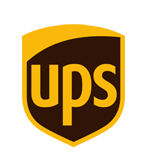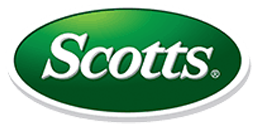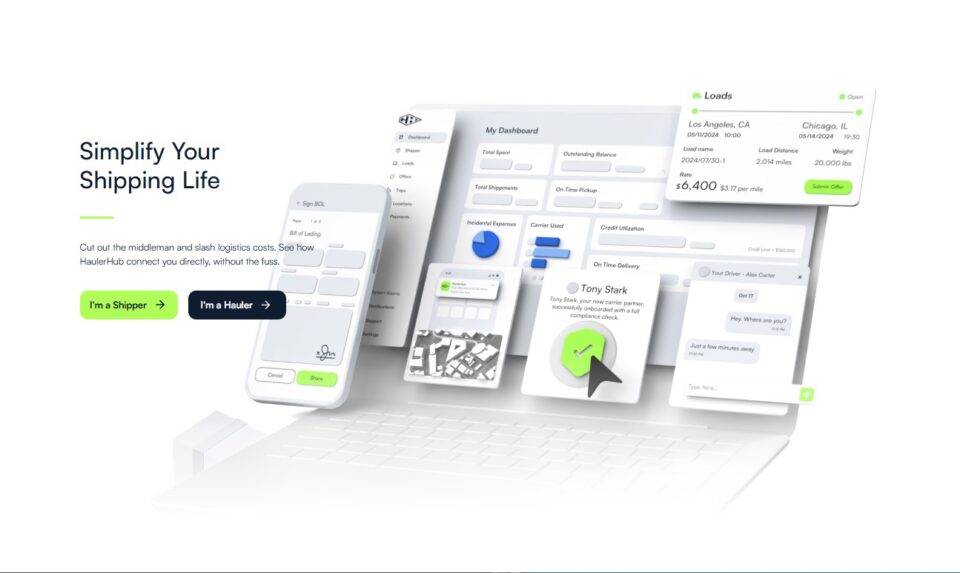Kitting and Labeling Kitting and Labeling
Kitting and labeling are two common practices in manufacturing, warehouse, and logistics industries. Kitting is the process of grouping and packaging individual items or components into a single kit or bundle. Labeling, on the other hand, involves the application of labels to items, packages, or containers to provide identification or information.
Kitting and labeling are two common practices in manufacturing, warehouse, and logistics industries. Kitting is the process of grouping and packaging individual items or components into a single kit or bundle. Labeling, on the other hand, involves the application of labels to items, packages, or containers to provide identification or information.

Kitting
Kitting is a process of grouping together the components required to assemble a product. This grouping of items is done to reduce the time and effort involved in picking individual parts. Kits can contain a variety of items, including raw materials, finished products, and spare parts.
For example, in a manufacturing plant, kitting can be used to prepare parts for an assembly line. Suppose a manufacturer needs to assemble a product that requires ten different components. Instead of picking each component separately, they can be bundled together as a kit and delivered to the assembly line. This reduces the time required to pick individual parts, reduces the risk of missing components, and simplifies the inventory management process.
In a warehouse or distribution center, kitting can be used to prepare orders for shipping. Suppose a customer orders a product that includes multiple components. Rather than picking each component separately, the components can be bundled together as a kit, reducing the time and effort required to pick and package the order.
Labeling
Labeling is the process of applying labels to products, packages, or containers. Labels can provide a variety of information, including product identification, barcodes, serial numbers, expiration dates, and safety warnings.
For example, in a manufacturing plant, labels can be applied to products to identify them and provide information about their specifications. Labels can also be used to track products through the manufacturing process, allowing for better quality control and inventory management.
In a warehouse or distribution center, labels can be used to identify products and facilitate order fulfillment. Labels can also be used to track products through the distribution process, ensuring that they reach their intended destination.
Conclusion
Kitting and labeling are important practices in the manufacturing, warehouse, and logistics industries. Kitting allows for the grouping of components into kits, reducing the time and effort required to pick and package orders.
Labeling provides important information about products, packages, and containers, facilitating quality control, inventory management, and order fulfillment. Together, kitting and labeling help to streamline operations and improve efficiency in these industries







Your future starts now.
With ITF Group, you can do more than think about your future – start building it now.



